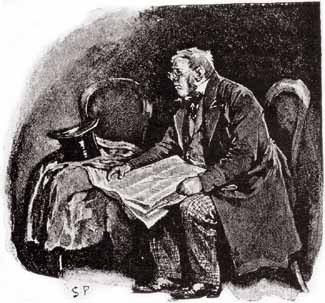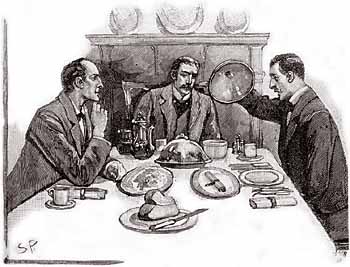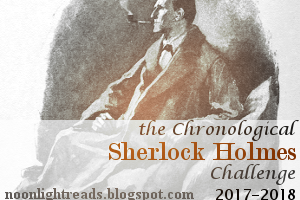 Cooked: A Natural History of Transformation by Michael Pollan
Cooked: A Natural History of Transformation by Michael Pollan Narrator: Michael Pollan
Published by Penguin Audio on April 23, 2013
Genres: Cooking, Nonfiction
Pages: 14
Format: Audio, Audiobook
Source: Audible
Buy on Amazon
Goodreads

In Cooked, Michael Pollan explores the previously uncharted territory of his own kitchen. Here, he discovers the enduring power of the four classical elements—fire, water, air, and earth—to transform the stuff of nature into delicious things to eat and drink. Apprenticing himself to a succession of culinary masters, Pollan learns how to grill with fire, cook with liquid, bake bread, and ferment everything from cheese to beer. In the course of his journey, he discovers that the cook occupies a special place in the world, standing squarely between nature and culture. Both realms are transformed by cooking, and so, in the process, is the cook.
Each section of Cooked tracks Pollan's effort to master a single classic recipe using one of the four elements. A North Carolina barbecue pit master tutors him in the primal magic of fire; a Chez Panisse-trained cook schools him in the art of braising; a celebrated baker teaches him how air transforms grain and water into a fragrant loaf of bread; and finally, several mad-genius "fermentos" (a tribe that includes brewers, cheese makers, and all kinds of picklers) reveal how fungi and bacteria can perform the most amazing alchemies of all. The listener learns alongside Pollan, but the lessons move beyond the practical to become an investigation of how cooking involves us in a web of social and ecological relationships: with plants and animals, the soil, farmers, our history and culture, and, of course, the people our cooking nourishes and delights. Cooking, above all, connects us.
The effects of not cooking are similarly far-reaching. Relying upon corporations to process our food means we consume huge quantities of fat, sugar, and salt; disrupt an essential link to the natural world; and weaken our relationships with family and friends. In fact, Cooked argues, taking back control of cooking may be the single most important step anyone can take to help make the American food system healthier and more sustainable. Reclaiming cooking as an act of enjoyment and self-reliance, learning to perform the magic of these everyday transformations, opens the door to a more nourishing life.
Cooked is the first of Michael Pollan’s books that I’ve read, though I know he has written a few other books about food. I’m not sure I would have found Cooked nearly as interesting about ten years ago as I did this year. I liked the organization of the book into the four ancient elements. The section on barbecue (fire) was fascinating, though to be fair, I devour pretty much anything about African-American and Southern foodways. I am also a bread-baker, so the section about bread (air) was probably my favorite, and it convinced me to go back into Chad Robertson’s Tartine Bread, which I’ve had on my Kindle for some time and started reading a while back and never finished. Stay tuned for a review on that book because I’m nearly done with it (yes, I read cookbooks cover-to-cover on occasion).
I wasn’t as fascinated by the fermentation or braising sections. I’m not sure why because everything about sourdough starter fascinates me. I think it’s just that a lot of the food in the fermentation section isn’t really the kind of thing I like, so I wasn’t as interested to hear how to do it, and braising is a technique I just don’t really use in my own cooking. However, the organization of the book was interesting, and Pollan’s reading is engaging and entertaining.
I agree with Pollan’s conclusions that it’s a shame so few people really cook anymore. I really enjoy cooking, but it does take time. However, what we eat for dinner has drastically improved in quality since I started cooking more seriously. Honestly, I credit a meal subscription plan called Home Chef with teaching me a lot, and Samin Nosrat’s book Salt Fat Acid Heat was also really helpful. The main reason we stopped subscribing to Home Chef is that we received spoiled vegetables a few too many times, and I decided that I needed to be able to select ingredients myself from the store. The actual recipes provided were pretty great, and I still use them all the time to cook meals.
Pollan argues that we’ll eat less processed food and connect more with family (eating together is communion—that’s my argument, not Pollan’s). My husband usually sits in the kitchen while I cook, and we listen to audiobooks and podcasts together. He’s not really a cook, though I think he’s interested. In any case, I think we enjoy these evening respites. I know that regularly cooking dinner has meant we better and saved money, not to mention the time to connect. (We are currently listening to Anna Karenina.)
I definitely recommend this book to anyone interested in how cooking works—you’ll get a dose of science and history along with some fascinating cultural education.
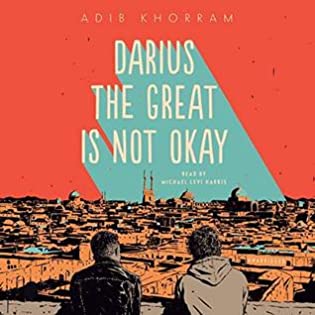 Darius the Great Is Not Okay by
Darius the Great Is Not Okay by 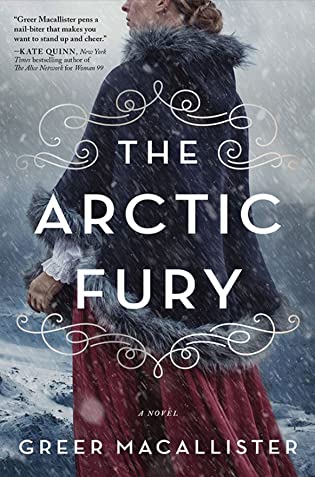 The Arctic Fury by
The Arctic Fury by 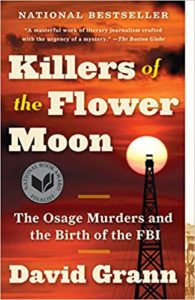 Killers of the Flower Moon: The Osage Murders and the Birth of the FBI by
Killers of the Flower Moon: The Osage Murders and the Birth of the FBI by 






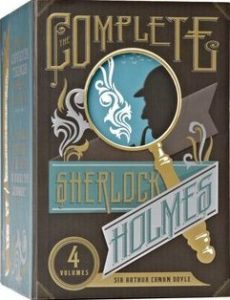 The Complete Sherlock Holmes by
The Complete Sherlock Holmes by 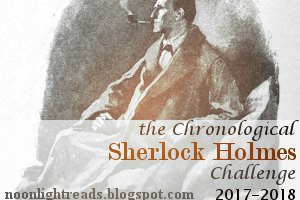
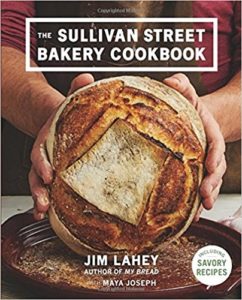 The Sullivan Street Bakery Cookbook by
The Sullivan Street Bakery Cookbook by 

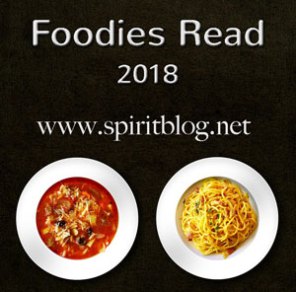
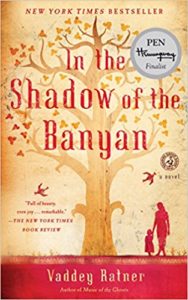 In the Shadow of the Banyan by
In the Shadow of the Banyan by 

